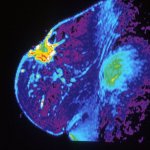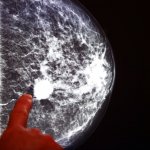Sectra to show latest advancements in wide area radiology
At ECR 2010 in Vienna, Sectra focus on solutions for increased productivity. Sectra RIS/PACS is a performance solution for wide area radiology. Built on the latest Sectra RapidConnectTM technology, it allows radiologists to work from any location that offers reasonable Internet access and to share images and information between multiple locations with ease.

























